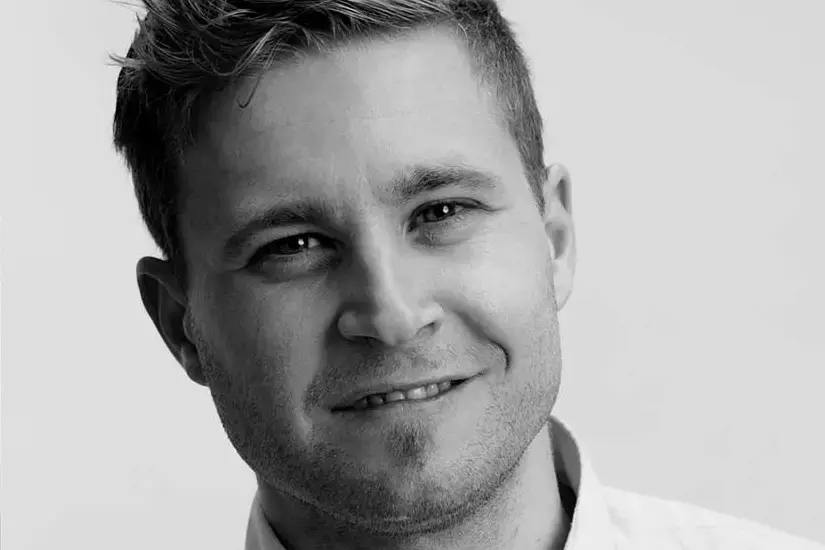Designer Simon Schoßböck talks about the EQUO Chair
Designer Simon Schoßböck
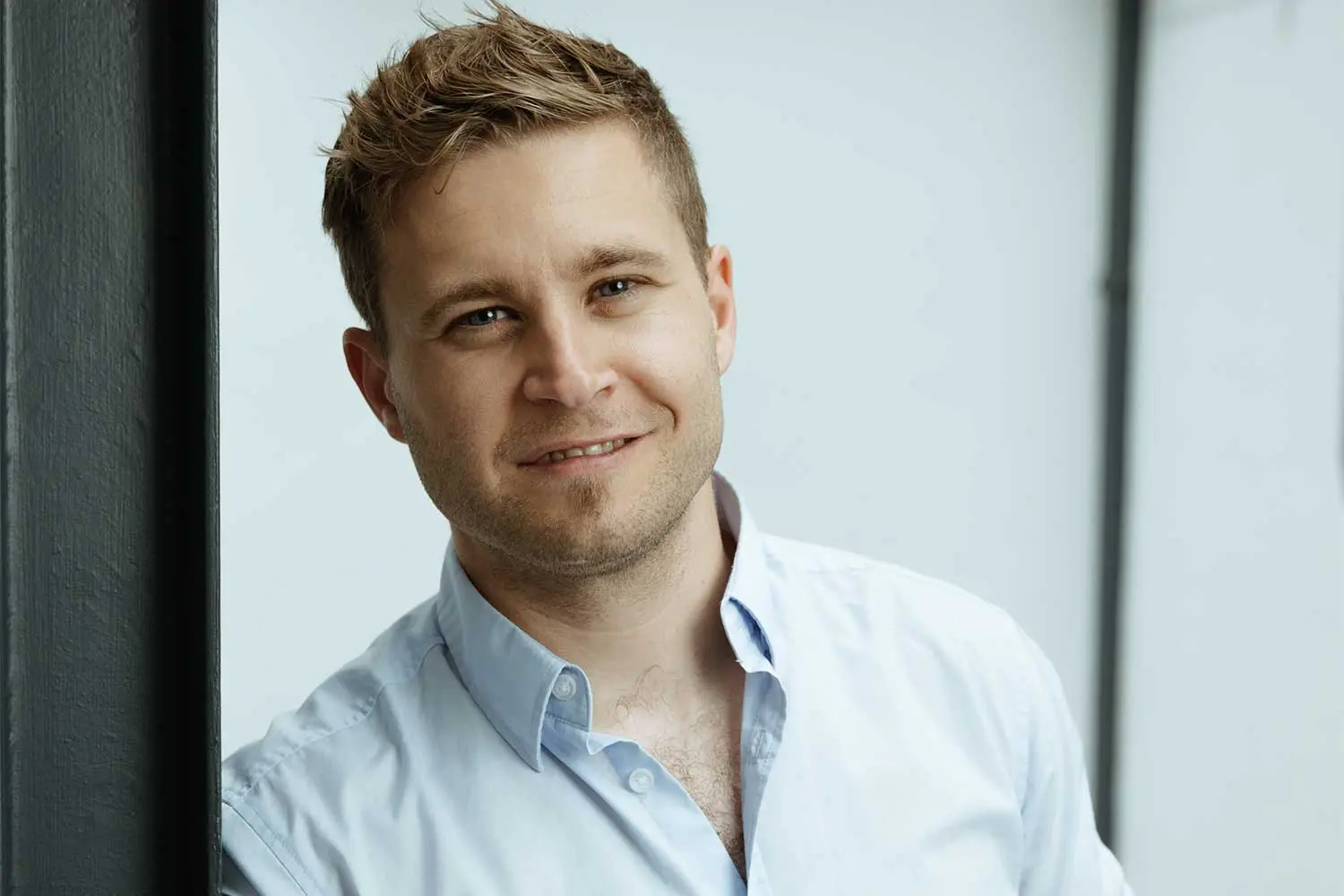

Designer Simon Schoßböck
What does good design mean to you?
The concept of “design” is first of all primarily associated with an exterior that is particularly attractive. That is undoubtedly an essential prerequisite for a product that is truly successful. Yet good design also means much more than that to me. It’s about the holistic concept: the right design for the style of the brand, suitable manufacturing processes and materials, as well as the appropriate functions and ergonomic aspects for the relevant market segment. I’m often more impressed by simple models in which production, aesthetics and sales strategy are perfectly coordinated than by artificially hyped designs that are polarising in terms of their design and often fall short of expectations in economic terms.
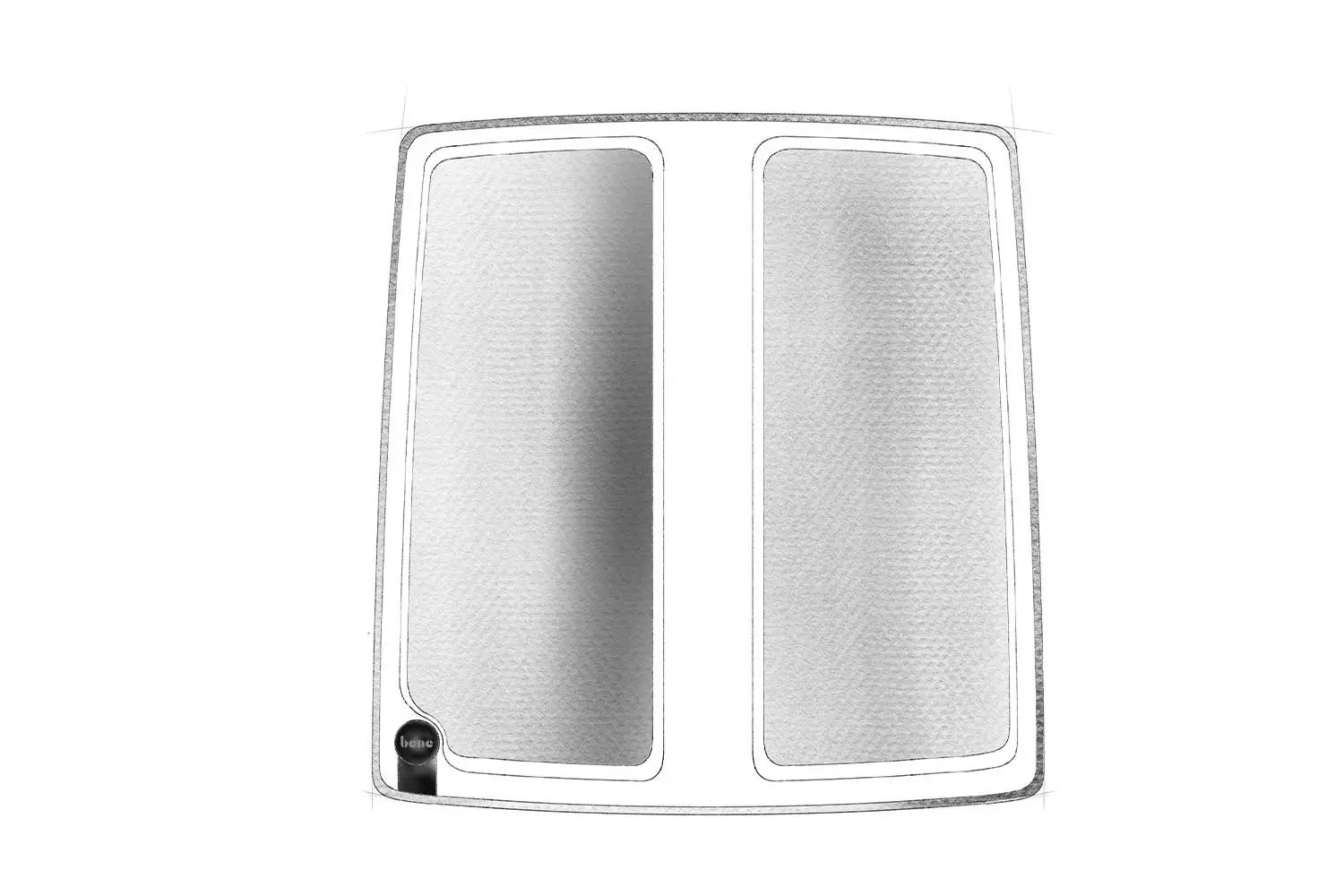
How is your design signature reflected in the EQUO Chair?
In addition to the must have aspects of sustainability and functionality, EQUO for me was about finding a design that above all enables a very broad range of uses in a wide variety of different environments. EQUO should for instance be suitable for use as a single, modern centrepiece in a home office found in an older building, but should also be able to be combined with high-tech table systems and dual monitor setups in larger numbers in open-plan offices. Different characteristics of the design then come to the fore depending on the relevant vantage point.
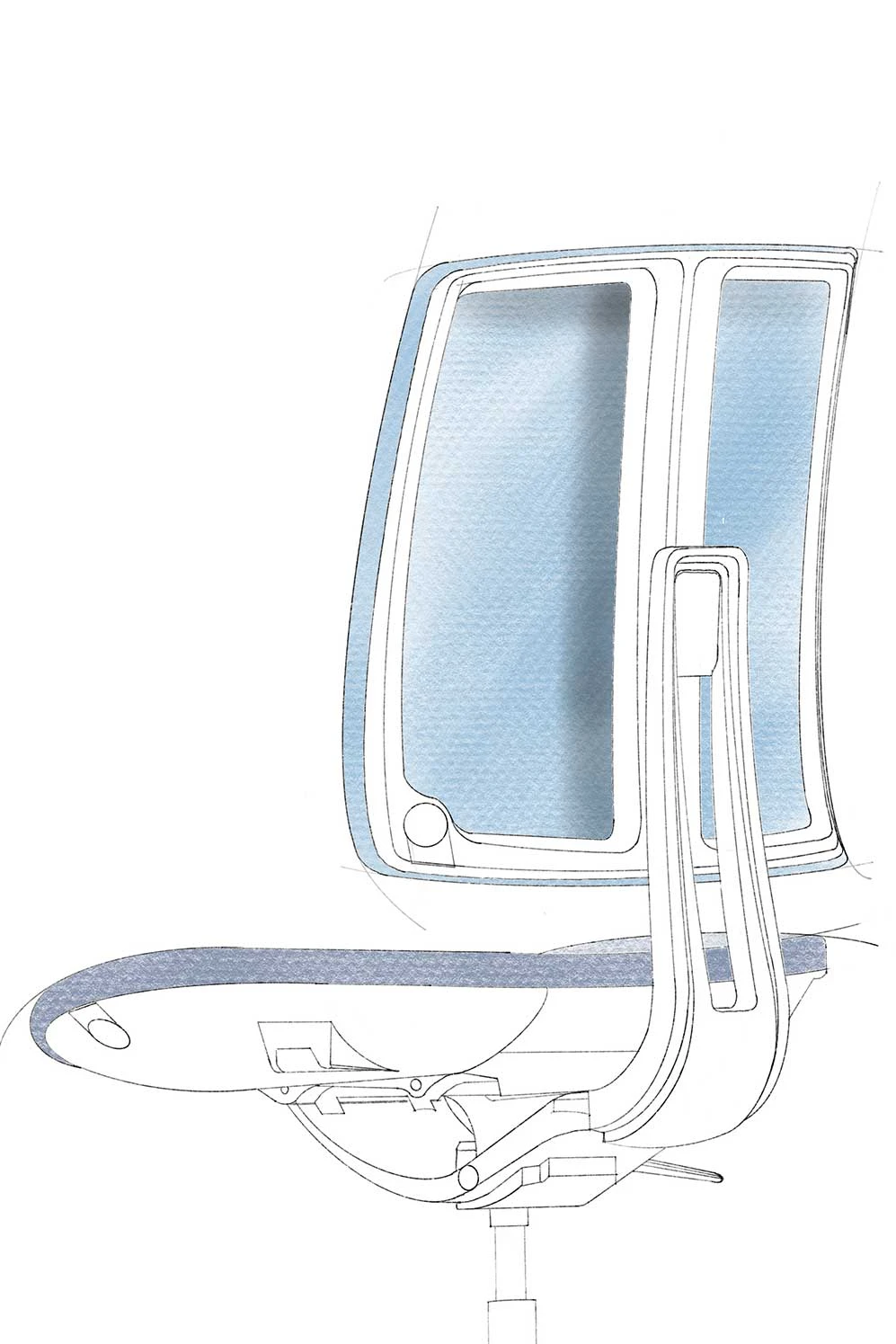
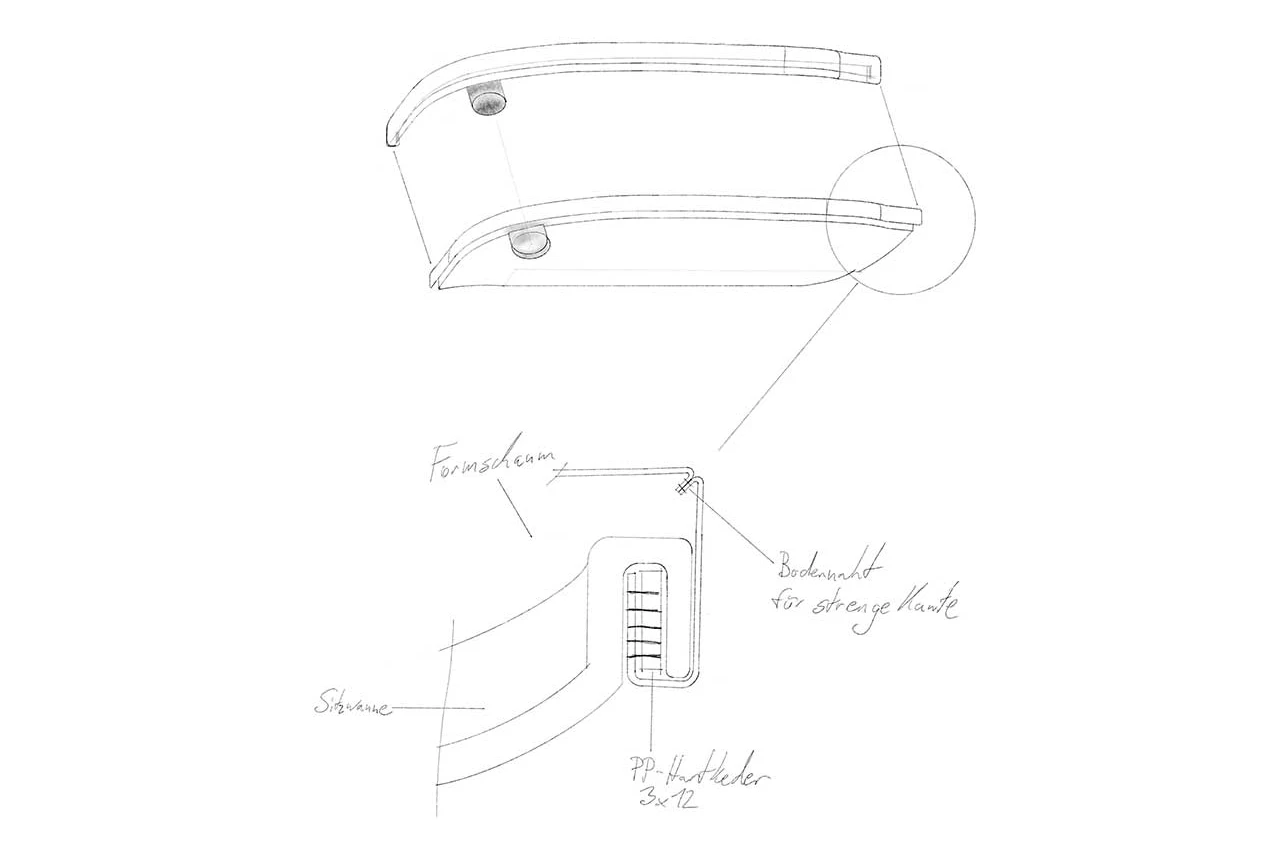
There are lots of swivel chairs. What makes the EQUO Chair special?
The important thing is that sustainability and ecology are firmly entrenched within EQUO’s product DNA from the outset. We have built the entire design around the idea of sustainability, from the first sketch to the production data used in the subsequent series tools. The approach with this was to keep the consumption of materials as low as possible - after all, the less material required to manufacture a product, the more sustainable it is. If something isn’t used in the design from the outset, then it also doesn’t need to be recycled or disposed of later on. A good example of this is EQUO’s mesh back, for which we use fully recyclable polypropylene. We focused on cross-sections in the design here, which increases stability while at the same time significantly reducing consumption of materials. We can save around a third of the material compared to conventional mesh backs through clever design and engineering. This reveals the amount of expertise and know-how that is behind an attractively designed exterior.
What other sustainable approaches can be found in the design?
There’s the patent-pending upholstery technology of course, which is one of the chair’s particularly striking features. It allows end users to remove and wash the covers easily or replace them if they are damaged, without compromising on seating comfort and appearance. This makes so much sense because upholstery covers are exposed to the highest strain. The entire model usually has to be replaced if they become worn, dirty or damaged. Not with EQUO though. The resulting long service life is of course a decisive factor when it comes to sustainability: if my chair lasts for eight years instead of just four then I have saved half of the costs and effort of disposal.
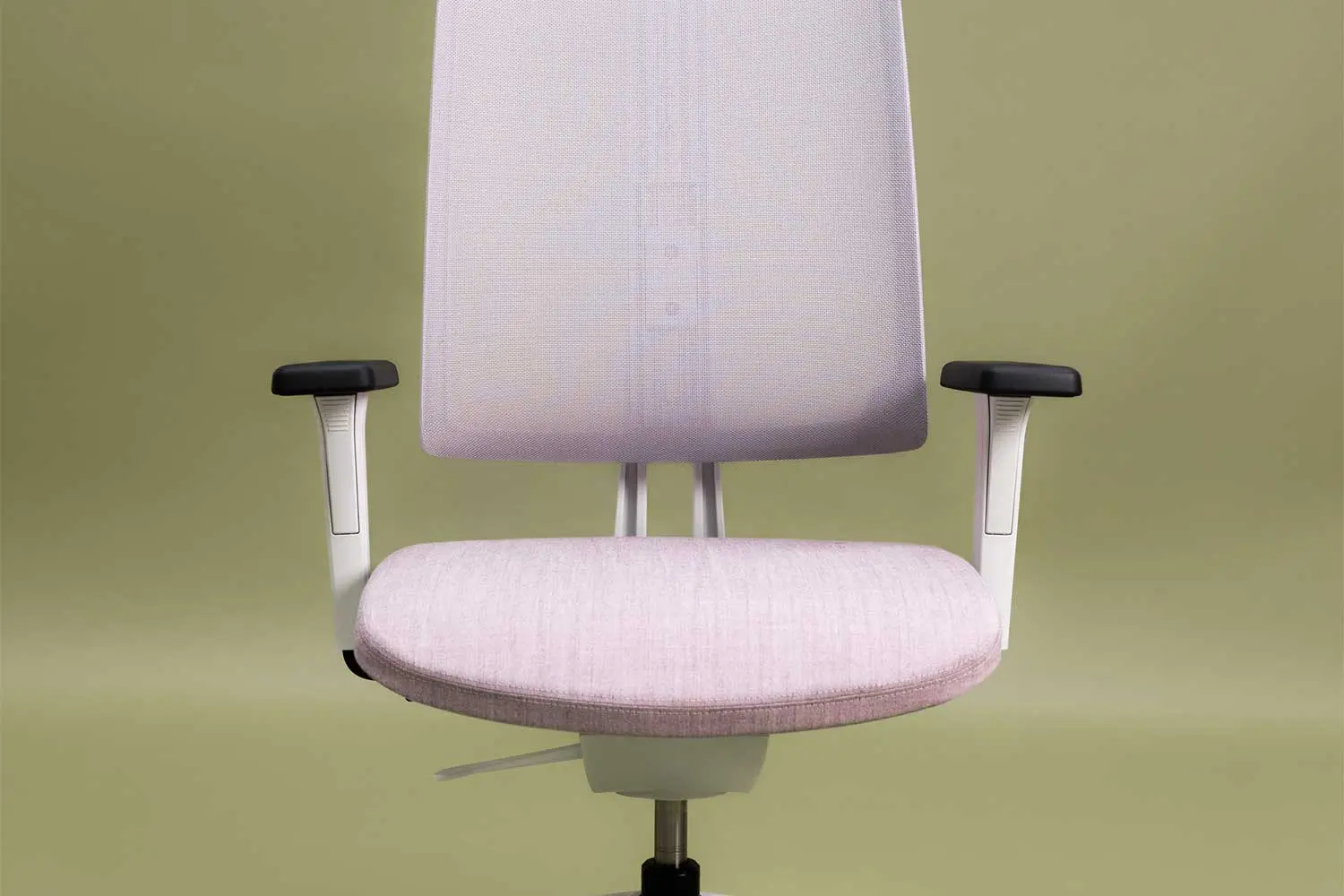
What approach do you take when harmonising function and design this way?
Function and design are ideally two sides of the same coin. However, with my technical education and my subsequent career change into the world of design, I look at a product’s functionality more attentively than would be the case without this basis. Questions such as “Where do we need material or stability in the component?”, “Where do we want movement?” or “Which manufacturing process do we want to use?” are very important to me. They define the basic features of the design long before the actual design language is created and help me to avoid designing models that are too cluttered or overly fussy. That is to say: if a prop isn’t needed then it’s not used. But if a prop is used then it has its purpose and is necessary. This gives the designs a certain honesty. Even though not everyone is able to understand a product’s structure or design right away, I still believe that you can sense when the design follows the basic rules of technology.
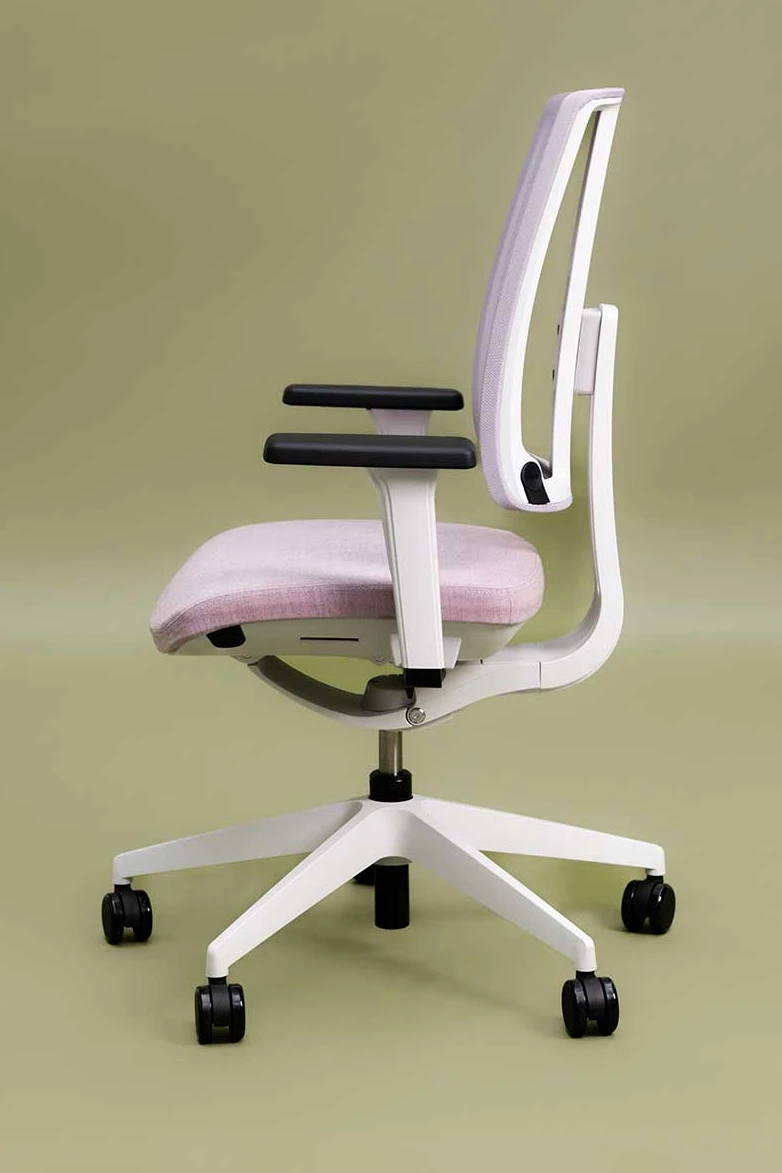
Schossboeck.design
Ever since schossboeck.design was first founded in 2021, Simon Schoßböck has been designing and developing furniture and product concepts for international clients across all industries, with a particular focus on efficient engineering and sustainable design.
For Simon Schoßböck, good design requires a holistic approach: the right design to match the style of the brand, the right manufacturing processes and materials, plus appropriate functions and ergonomic aspects for the relevant market segment. Good design takes many factors into account and ultimately contributes to the success of the product.
